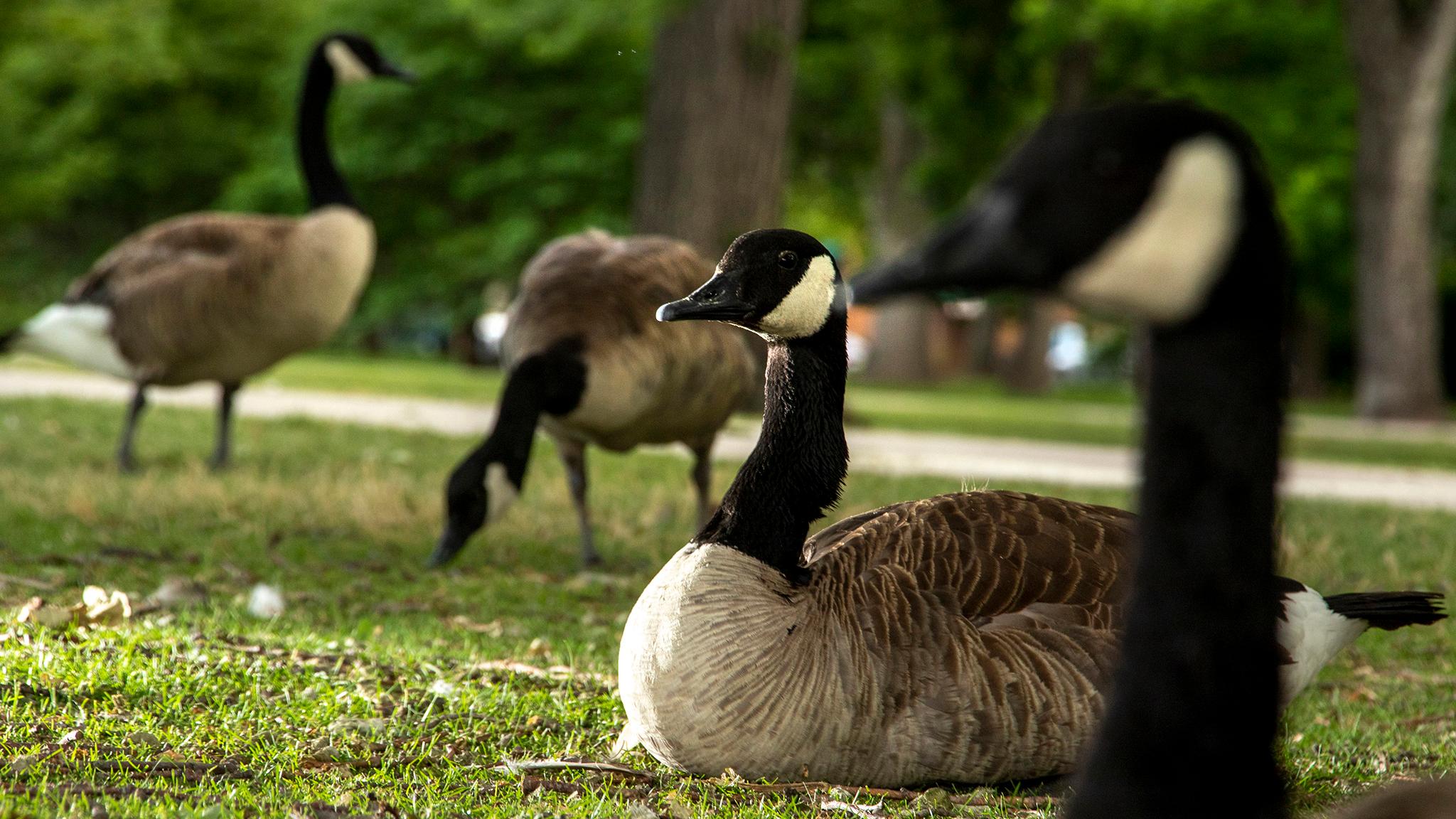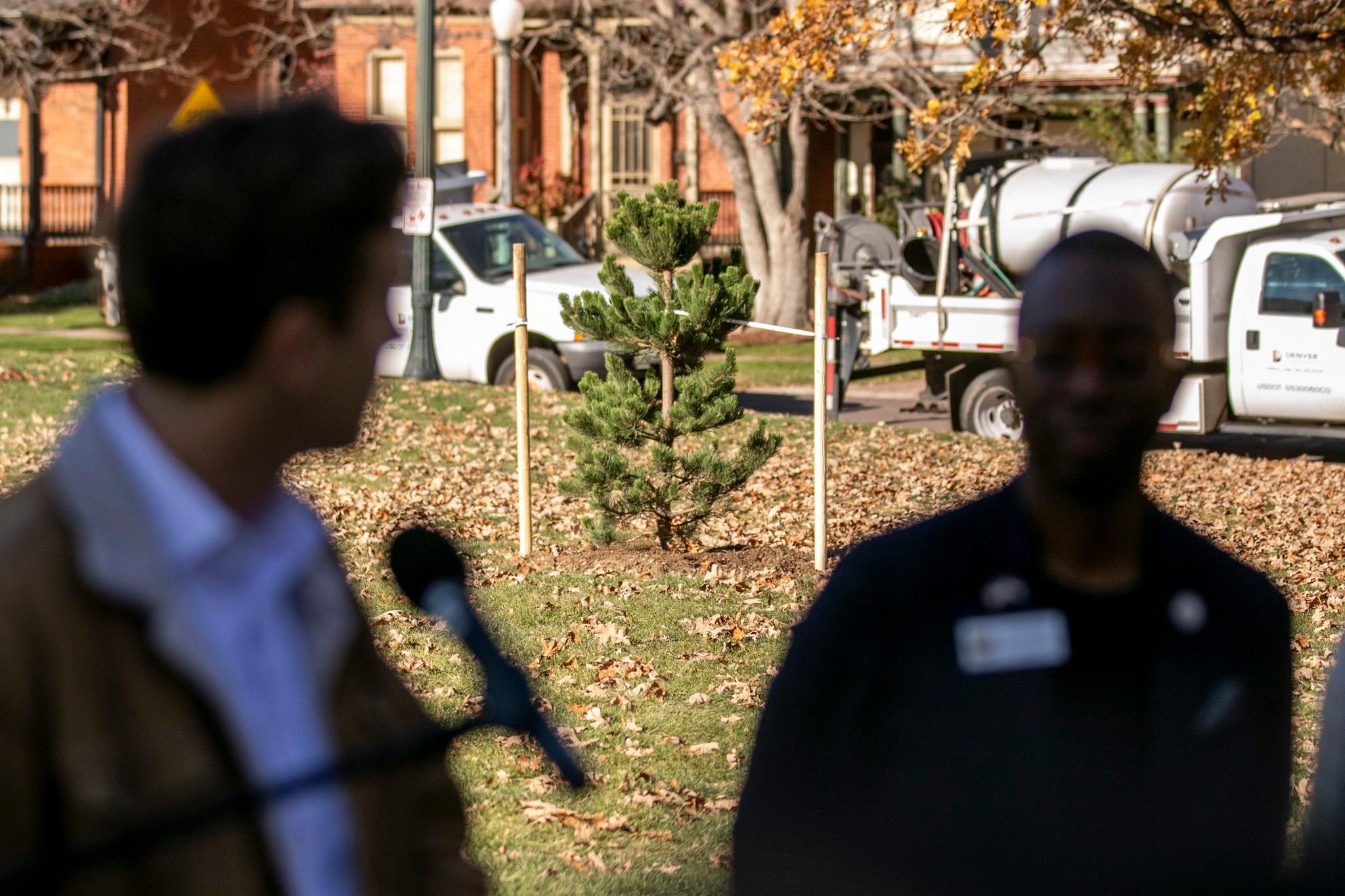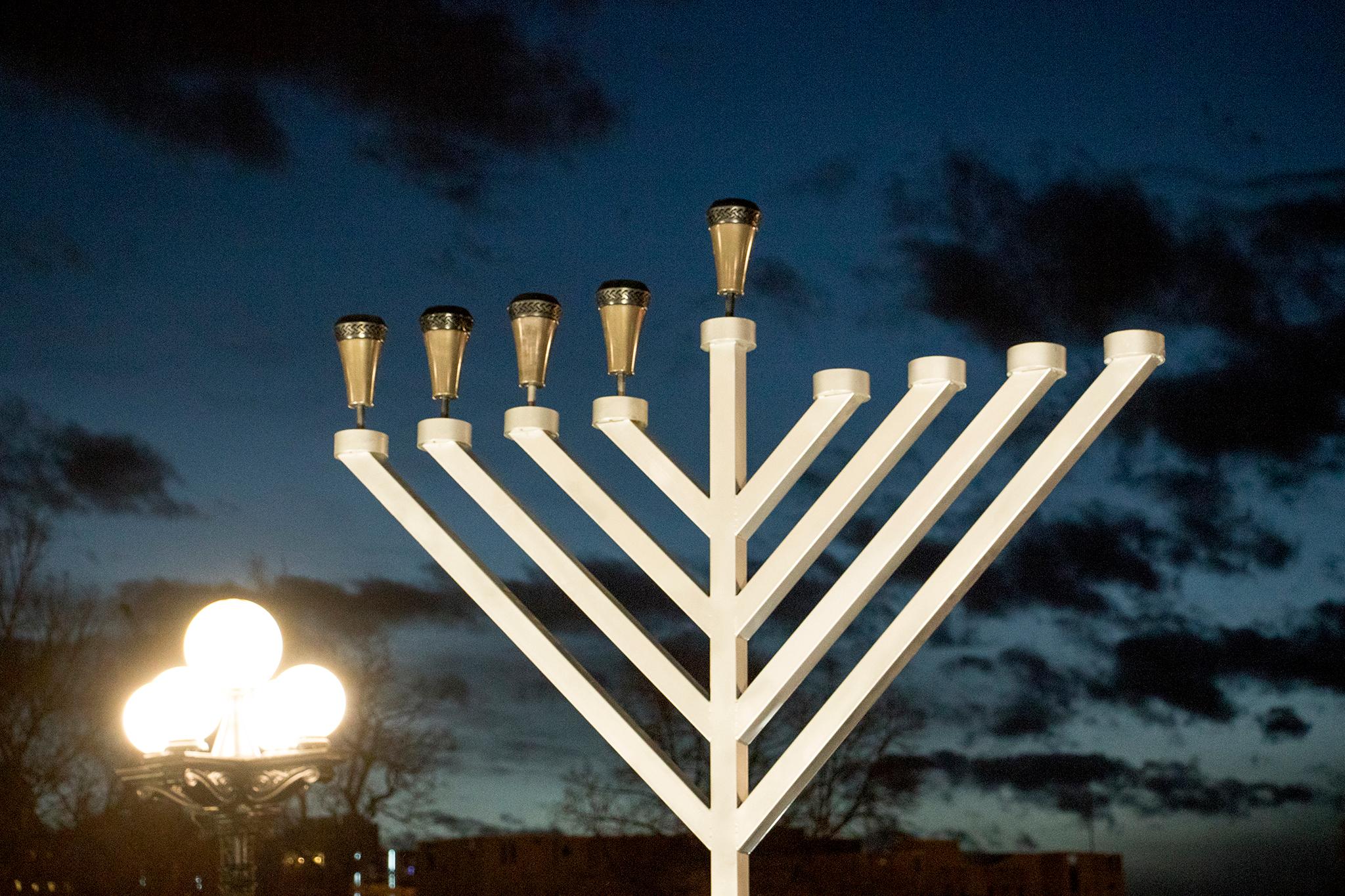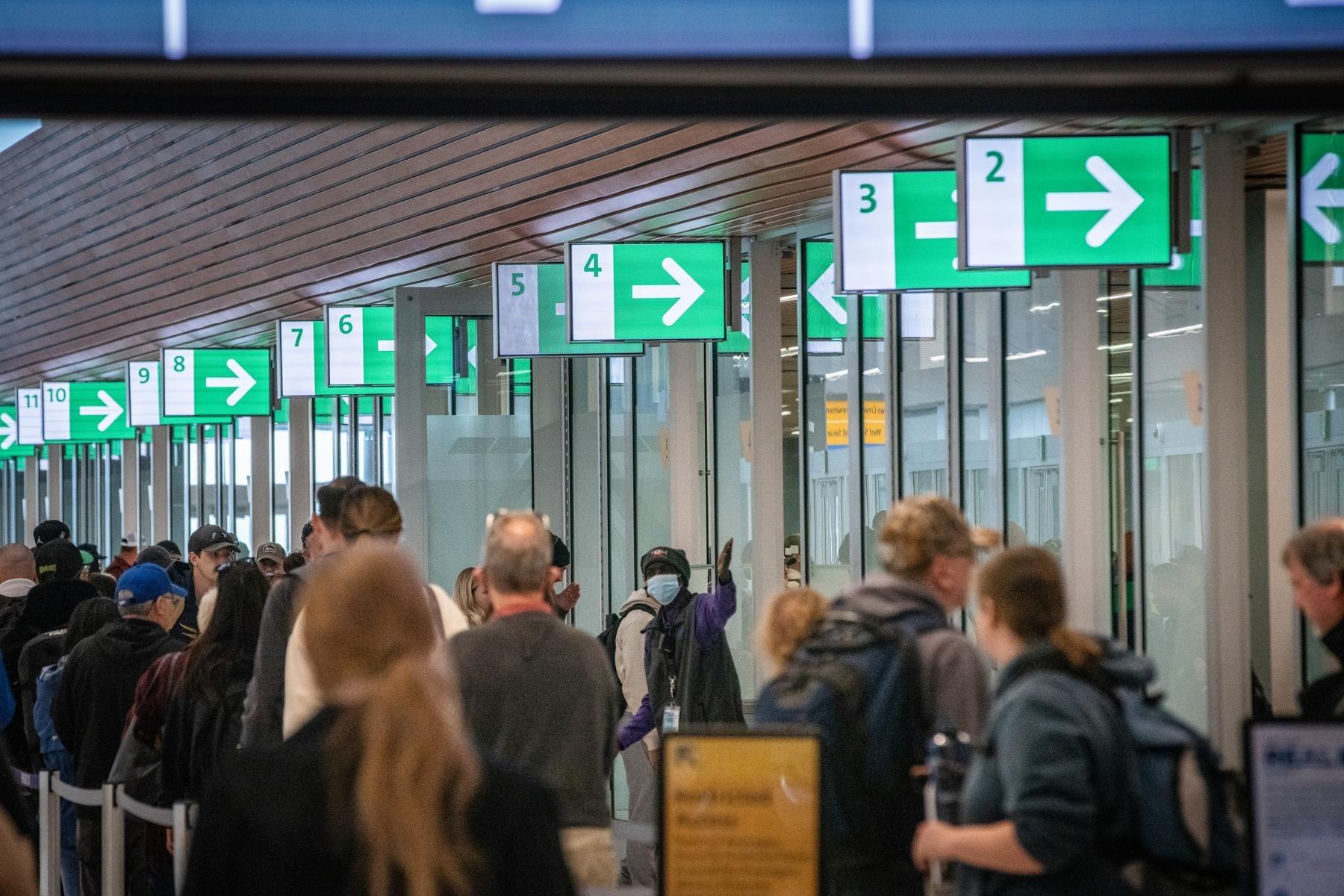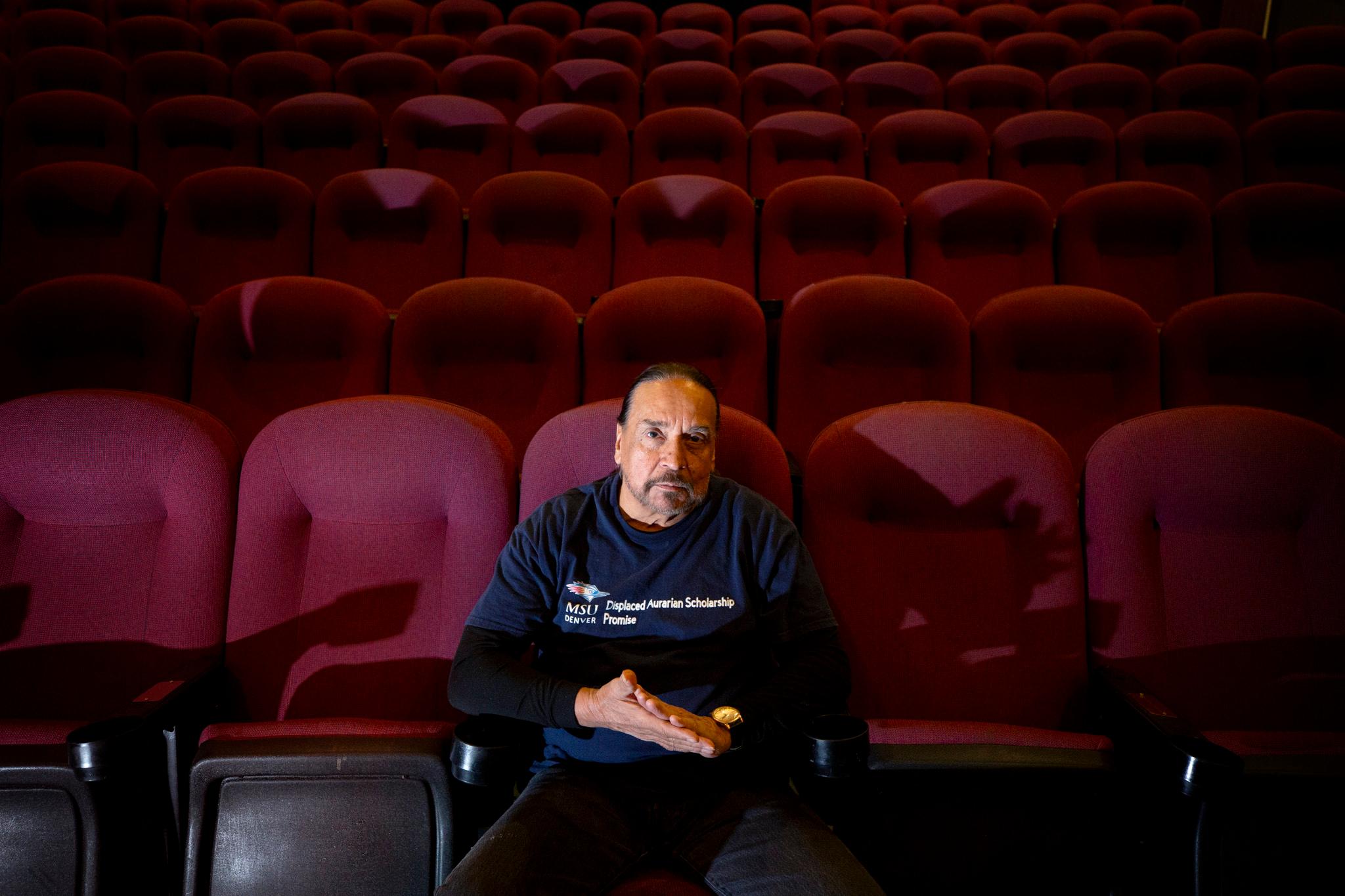Twice in the last week and a half, a group of people arrived at Washington Park before dawn. Some members of the team floated on boats in the man-made ponds. Others walked the banks slowly, enclosing a flock of floating geese that rafted up tight, eyeing the humans as predators.
The team erected a corral, captured the birds -- they can't fly during molting season -- and sent them off in crates to a meat processing center where they were killed and transformed into food for hungry families in a Colorado county officials will not name.
The crews were from the United States Department of Agriculture's Wildlife Services division, which is tasked with culling the Canada goose population on behalf of Denver Parks and Recreation. Parks and Rec says the practice protects Denver's waterways, makes room for different bird species and, well, makes things less annoying in parks and for people with lawns.
There are a lot of geese here, as you may have noticed, and Denver has tried a few other ways of managing the population.
With about 5,000 geese in the summer months, Denver absorbs 5,000 pounds of goose poop a day, according to Parks and Recreation Deputy Manager Scott Gilmore, who is also a biologist.
"That's 35,000 pounds of poop a week, 140,000 pounds a month!" Gilmore said. "It all ends up in our streams and waterways."
That number doubles in the winter months, he added, with the Front Range absorbing up to 100,000 geese.

"Managing" geese -- that's the euphemism -- to improve humans' quality of life is nothing new in Denver. According to the newly released geese management plan, the parks department has been coating eggs with corn oil since 2002 to stop embryo development. The eggs don't hatch, so mother geese think the eggs are still incubating and don't mate to lay new ones. Department staffers oiled more than 3,000 goose eggs last year.
Parks and Rec also "hazes" the birds with a Goosinator. It's exactly what it sounds like: a remote-controlled faux predator that scares geese into moving along.
But "culling," or rounding up and killing Canada geese, is new in Denver. So is feeding them to families. Gilmore said Denver's new plan follows the lead of Colorado Parks and Wildlife, which condones the practice. The city would not kill geese this way unless the meat was used, according to Gilmore.
The practice is new here, but not unheard of or uncommon. New York City airports, for example, have been doing it for years.
According to USDA biologist Kendra Cross, who manages the Denver program, the Front Range has reached a critical mass, with 44,000 mating pairs between Colorado Springs and Fort Collins. That's part of the "central flyway" -- the main path of migration for geese from the north.
"This is the first project of its kind in the central flyway because we've reached that capacity," Cross said. "We've gotta start managing them. We can't just keep pushing them around from pond to pond, to lake to lake and expect them not to come back."
All that said, a maximum of 2,200 geese can be culled in this roundup fashion per year, according to rules set by the Department of the Interior.
With the killing of geese comes the question of animal cruelty and ethics -- and the question of whether this tactic even makes sense.
Sure, killing geese gets rid of them in the short term, but they just come back, says Marc Bekoff, professor emeritus of ecology and biology at the University of Colorado Boulder. He's also a governor-appointed member of the People for Animal Welfare Committee, but he speaks for himself.
Culling creates a vicious cycle, he says.
"They're establishing a precedent that it's OK to kill these birds," Bekoff said. "Some people will say, 'Well, we killed them last year and it worked for a couple of months, so let's do it again. And again.'"
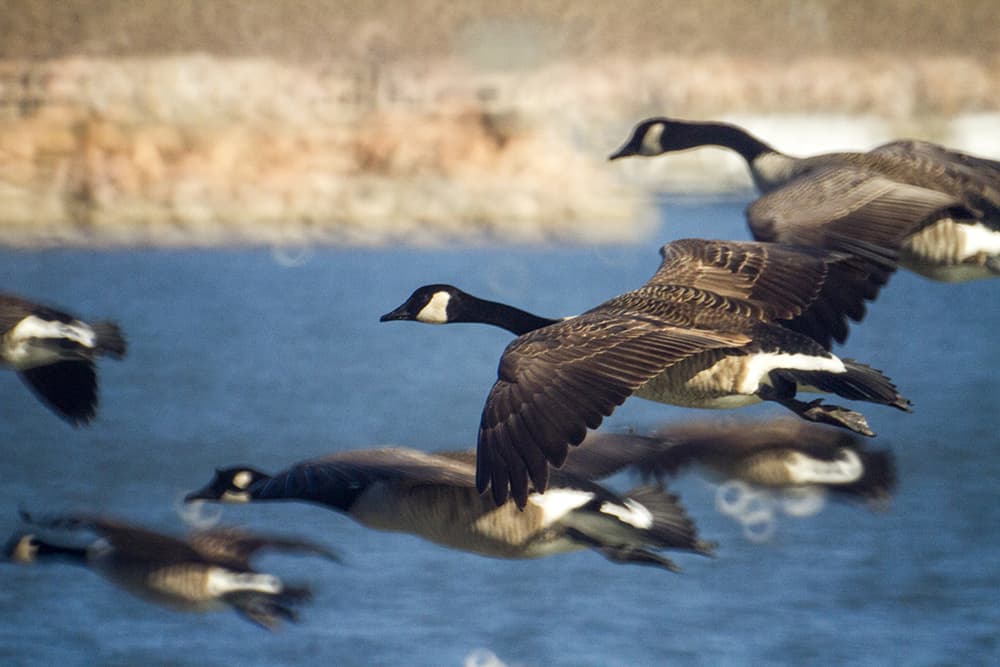
Bekoff says rounding up and killing wildlife is a "reprehensible" practice that uses euphemisms and "sales pitches," like feeding hungry families, to paint a nicer picture.
"They use the term 'euthanizing' but that's a mercy killing, like when you put your dog to sleep because he's in pain," he said.
Cross would not say how the geese are killed. The meat processing plant does the job, but she would not divulge the business's name, nor where the meat goes, for fear of retaliation against the company.
The killing agent aligns with the American Veterinary Medical Association's guidelines, she said. Gunshots, anesthetic overdoses by injection and gases like carbon dioxide and carbon monoxide are fair game, according to AVMA.
If the geese did not become food, they would either be buried or incinerated, according to federal regulations.
The health risks and annoyances make culling a no-brainer, according to Leslie Twarogowski, president of the citizen-led Parks and Recreation Advisory Board. Goose poop is one of the most common complaints at parks, she said.
Bekoff would rather see the city double down on non-lethal strategies like hazing or the Goosinator approach. In 2018 and 2019, that approach sent 62,000 geese packing, according to Denver's goose management plan. It wasn't permanent.
People are a big reason so many geese love it here. We've created a Goostopia.
Ever notice that geese don't hang out at Cheesman Park? That's because there's no water.
Denver's man-made lakes at its man-made parks with non-native grasses are a goose's dream. The water is a safe harbor from natural predators -- which humans have mostly ousted -- while wide open spaces carpeted with Kentucky bluegrass let them survey the area for danger and provide a feast. They eat the invasive turf, which is watered by humans, creating a never-ending buffet that strengthens the population.
"The geese populations have exploded all over the country because of the way we've designed our cities," said Parks and Recreation's Gilmore. "They all have lakes, they're large, they don't have a lot of native grasses, which are taller."
He says newer parks tend to have more sustainable designs with more native grasses and natural features -- not because of geese, but it is a less friendly environment for them.
"If there's a problem and we've created it, then we need to be creative enough to come up with solutions that don't involve killing these animals," Bekoff said.
However you feel about the city's long-necked avian residents, there's likely to be noticeably fewer at a park near you.
If you think a cooked Canada goose sounds gross and unsafe, you are allowed to think that but the USDA says it's safe.
Denver chef Alexander Figura, who cooked geese (not Canada geese) at a farm-to-table restaurant in New York, said the meat is delicious and a great source of protein.
He questioned whether Denver geese would be susceptible to digesting pesticides. According to the USDA's Cross, there's no concern over harmful chemicals making their way through processing.
Jackson Landers, a science writer and former professional hunter, told the New York Daily News in 2017, "Everyone looks at a bird and wants to say it tastes like chicken, but wild goose is a red meat. ... The best cheeseburgers I've ever eaten were with goose meat."

